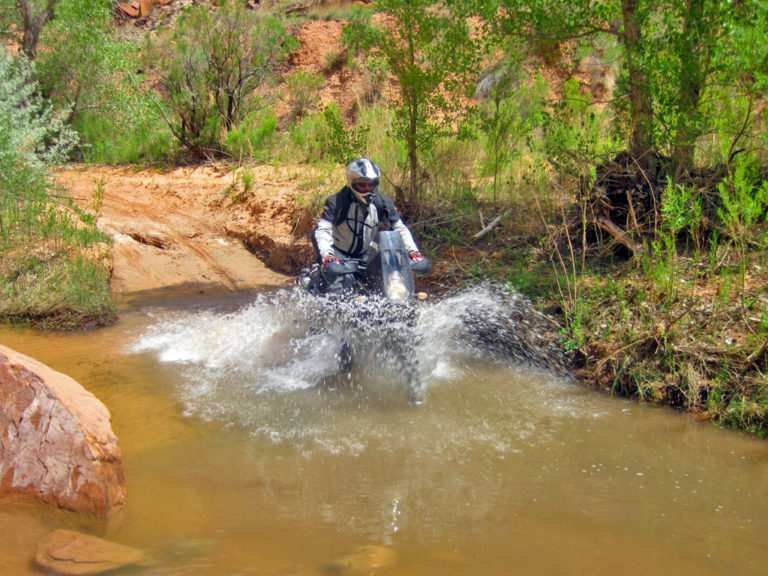In case you like to drive your bike in the nature and experience the off-road driving, water crossings are perhaps the most fun. Splashing the water around you is quite enjoyable as you try to maintain control over your motorcycle. There is a possibility for you to fall, which is why you need to be extra cautious. Here are some tips that will help you go through the water smoothly.
10. Let the bike cool down

When you reach the water, don’t immediately cross it with your bike. A hot engine and cold water is not a good combination and it would be a smart idea to let your bike cool down first.
9. Examine the pond

As you let your bike rest see whether the bottom of the crossing is made of mud, sand clay, rocks etc. It might even have deep holes and you can end up getting stuck. Water looks shallower than it usually is and you can gain a lot by taking a look and putting a stick in the water.
8. It changes
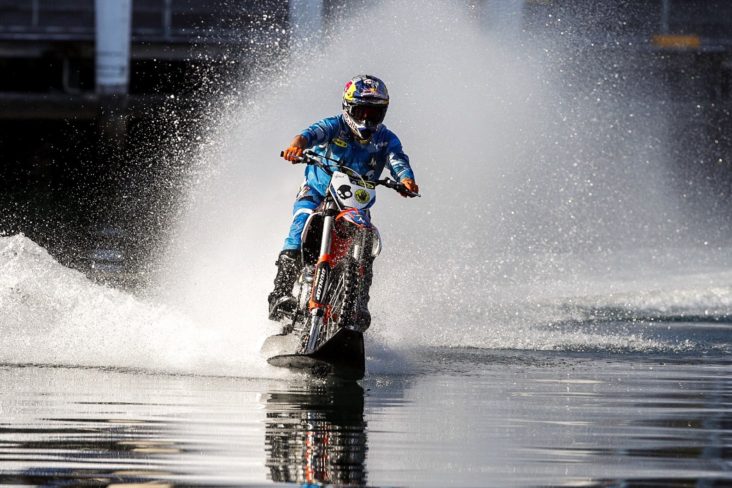
Just because you have crossed there before, it doesn’t mean that it is the same crossing. A recent flood might have increased the depth or created holes in the ground that you are not aware of.
7. Concrete causeways should not be underestimated
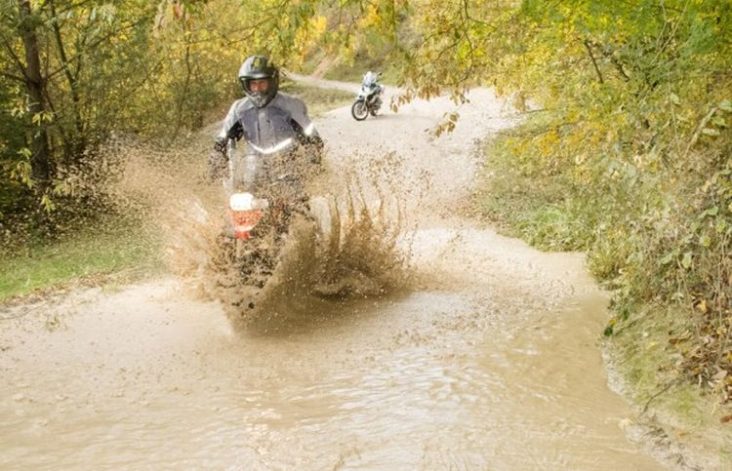
Even though concrete causeways look simple to cross, they can hide slime and that’s just like riding on ice. The slime is worse than anything else and maintaining control is more difficult that it seems.
6. Go around when it is flooded
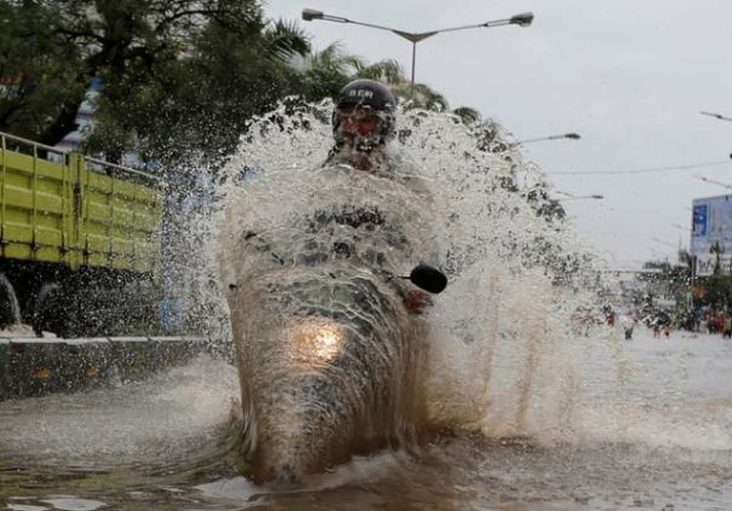
Flooded waters are unpredictable and you don’t want to play a hero. In case you see that there’s a lot of water, the best way to go about it is either go around if you can or return. First of all, you are putting yourself in a dangerous situation, but you can also destroy your bike, not matter how powerful it is. Safety should be your top priority and if you are not certain whether to cross it or not, just don’t do it.
5. Walk it through
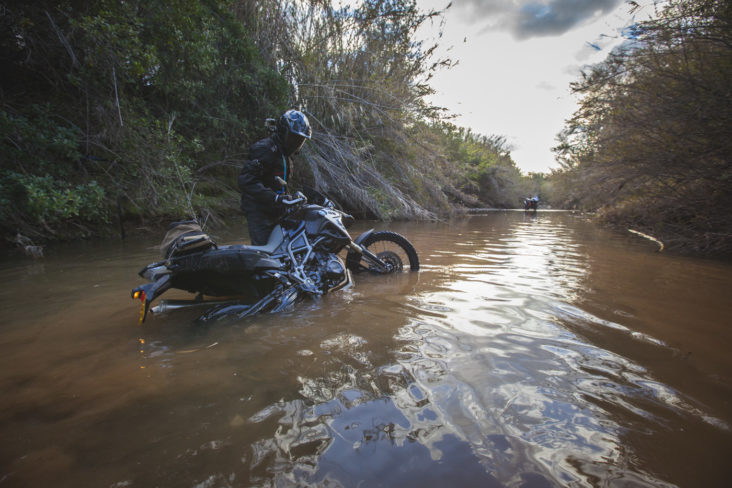
If you are not sure, but you need to cross it, don’t drive it. You can always cross it on foot – nobody will call you a coward, don’t you worry. And if you are going with the mate, you can help one another.
4. Don’t do it by yourself
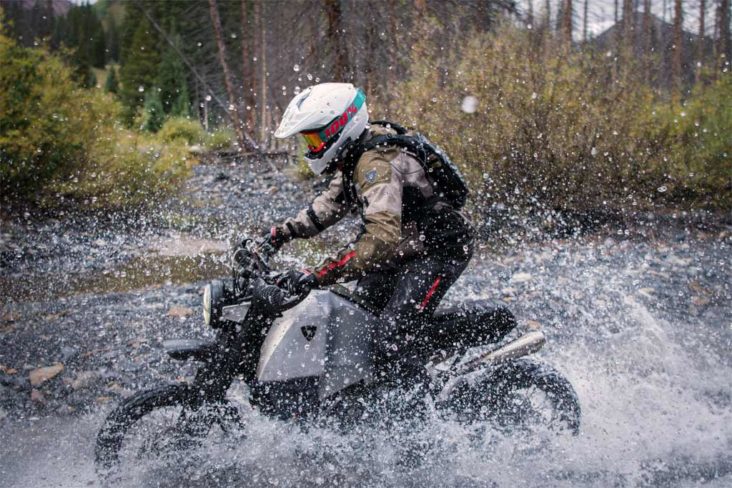
If you love to go on such adventures by yourself, don’t cross the water on your own. Sure, if it is not deep enough you can do it easily, but if it is, you might get stuck. An adventure bike is quite heavy and it gets even worse when it is under water. The bottom surface is slippery and you can put your life in danger.
3. Ride with your feet on the footpegs

Standing up while crossing the water feels amazing, but if you start falling there’s no way to stop it. That is why riding with your feet on footpegs is crucial. You can use your feet if you slip and get back as if nothing happened.
2. Watch for the air intake
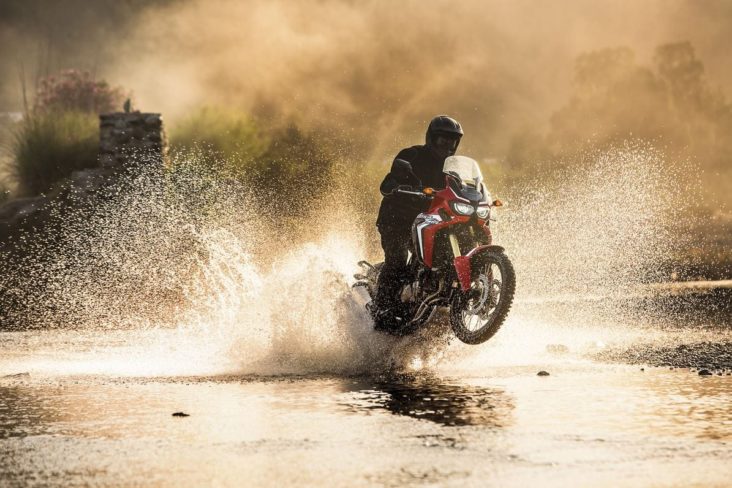
You need to protect the air intake of your motorcycle when you are crossing. Even if the water is not that high while it is still, it can rise up as you enter it at speed.
1. Carry a toolkit
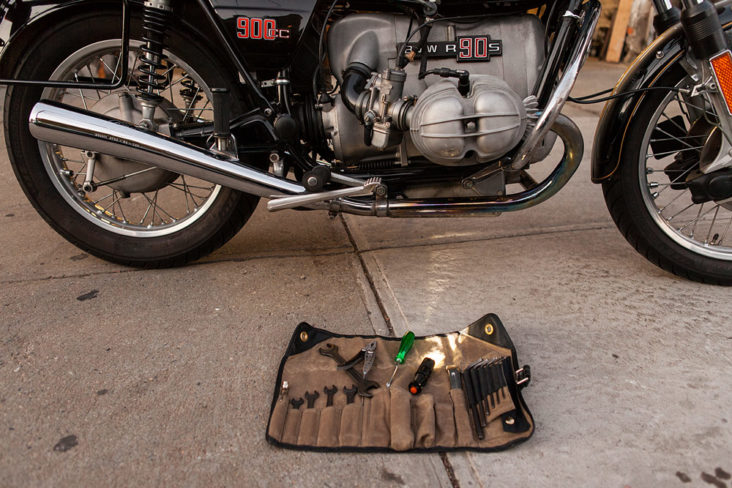
In case you lose your bike, you might as well recover it with a tool kit, which you must have with you. You could need the tools to remove the spark plugs, header pipe and air filter. If you plan to do some off-road riding, a toolkit is a must.
Sources: http://www.roadandmountainbikereviews.co.uk/

